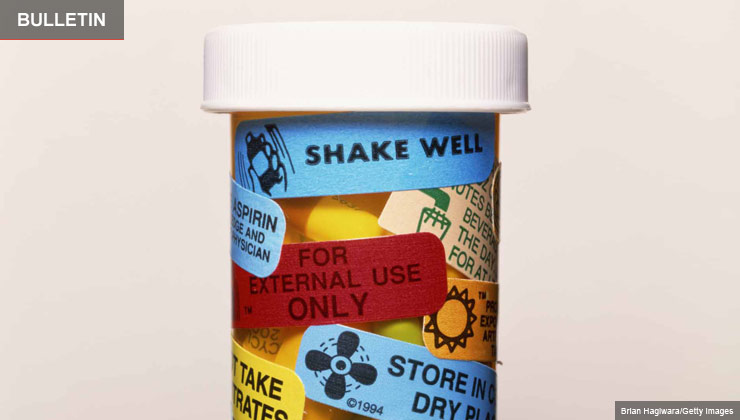AARP Hearing Center
If one drug’s label says “take twice a day,” and a second one says “take every 12 hours,” does that mean the same thing? And could you take both medications together?
Unsure? You’re not alone.
An estimated 90 million adults in the United States misunderstand drug labels or have trouble following their directions, according to the Institute of Medicine.
Even more troubling is the predicament of many older adults who take several prescription drugs. For them, it’s even more difficult to create a simple schedule for medications with different label instructions.
A recent Northwestern University study of 464 adults ages 55 to 74 found that even when the directions for two drugs were basically identical — “twice daily” and “every 12 hours” — only about one in five realized they could take the drugs at the same time.
The research findings, published last year in the Archives of Internal Medicine, provide the latest reminder that confusing and vague medication directions can undermine treatment.
Compounding the problem is that an estimated 80 million Americans are particularly vulnerable, struggling to understand medical details and related complexities with limited health literacy skills. Among older adults specifically, low health literacy can boost the risk of poor health and even death compared with those having average skills, according to a review of nearly 100 health literacy studies published in the Annals of Internal Medicine.
But highly educated individuals also can be tripped up by poorly written directions, says study coauthor Terry Davis, professor of medicine at Louisiana State University Health Sciences Center at Shreveport. Take dosing recommendations as one example, she says.



































































More From AARP